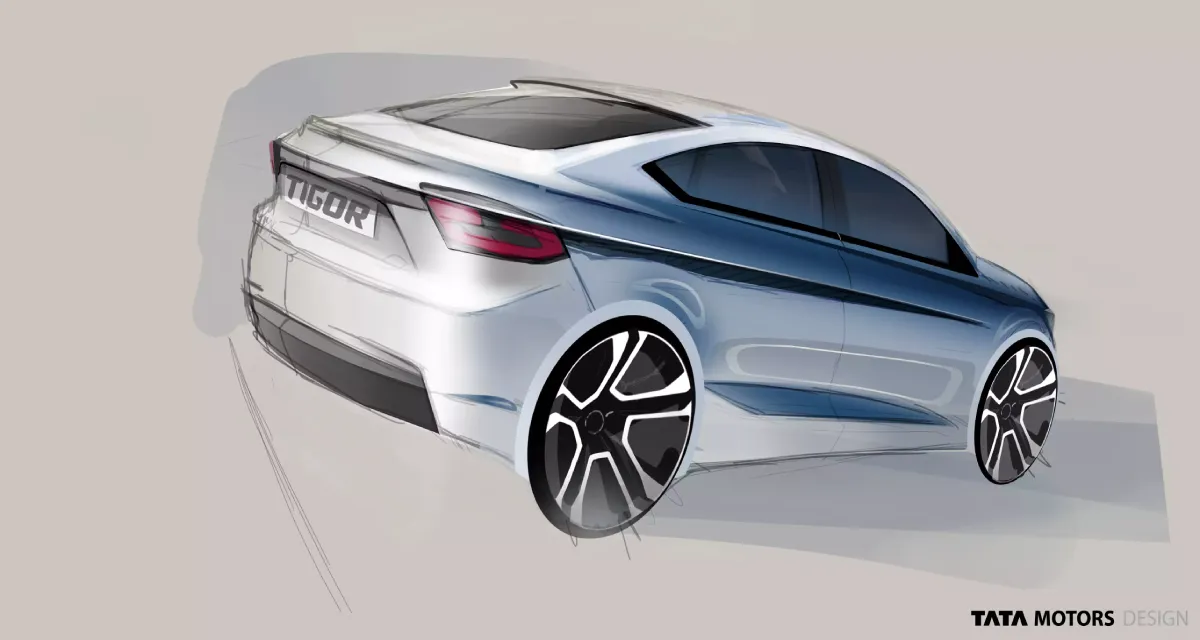
Inside Tata Motors' Car Design: The Art and Science Behind Models Like Curvv, Harrier, and Nexon

Inside Tata Motors' Car Design: The Art and Science Behind Models Like Curvv, Harrier, and Nexon
Tata Motors has been undoubtedly hitting a grand slam when it comes to designing a car. Tata cars like Nexon, Altroz, Harrier, and the new Curvv have proven that Design is an art and Tata is a top-notch Artist. However, These vehicles' design process is often hidden and only visible when viewed from the perspective of the finished item. The intriguing process underlying the development of Tata's vehicles is revealed upon a visit to the National Automotive Innovation Centre (NAIC).
Tata Motors operates design studios in the UK, Italy, and India. These studios work not only on Tata's passenger vehicles but also on Jaguar Land Rover models. The design process starts with sketches, where ideas take their first form on paper. Despite advancements in computer-aided design, traditional sketching remains a vital part of the process. Designers from various studios contribute hundreds of sketches, balancing brand identity with innovation.
Once initial sketches are approved, they are transformed into digital models. These models bring the car to life in 2D and 3D forms, detailed enough to rival the visuals seen in modern video games. This phase allows designers to visualize the car’s shape, contours, and even how different paint shades and surfaces will reflect light.
Virtual reality (VR) is a relatively new addition to the car design process. It allows designers and decision-makers to experience the car in a virtual world, offering a close look at both the exterior and interior. This immersive experience helps in understanding the seating position, accessibility, and ergonomics. While some enjoy spending hours in VR, others may find the disconnect from the real world disorienting.
Clay models are a traditional yet crucial part of car design. These models, often featured in car development videos, showcase meticulous craftsmanship. While technology has automated much of the process, the final touches are still sculpted by hand. Despite advances in VR and digital modeling, clay models are invaluable for understanding how a car will interact with natural light and color.
Small clay models usually have a wooden base with clay molded around it. Full-scale clay models, which can be mistaken for real cars at first glance, have a metal base, a wooden skeleton, and a styrofoam core topped with clay. These models are then painted and presented for final approval.
The Colours, Materials, and Finishes (CMF) department focuses on the intricate details of patterns, colors, materials, and stitches. They keep a close eye on trends in fashion, architecture, and other industries, translating these influences into car design. This department ensures that every detail contributes to the car’s overall aesthetic and appeal.
Car design is influenced by broader trends and regulatory requirements. While designers across brands follow similar principles, which can lead to similarities in new models, it's more about shared trends than copying. Regulatory standards also play a significant role in shaping car designs, ensuring safety and compliance.
Creating a visually appealing car is just one part of the challenge. Coordinating hundreds of designs and ensuring they remain relevant by the time the car launches (typically 4-5 years later) is a complex task. This involves balancing different tastes and preferences while staying true to the brand's identity.
In Summary, The design process at Tata Motors is a testament to the blend of creativity, technology, and meticulous planning. From sketches to digital models, VR experiences, and clay sculptures, each step is crucial in bringing a car to life. The CMF department ensures that every detail is perfect, influenced by trends from various industries. Despite the challenges, Tata Motors continues to deliver cars that are not only innovative and stylish but also stay true to their original concepts. This behind-the-scenes look at Tata's design process reveals the dedication and artistry involved in creating the cars we see on the road today.
Also Read: